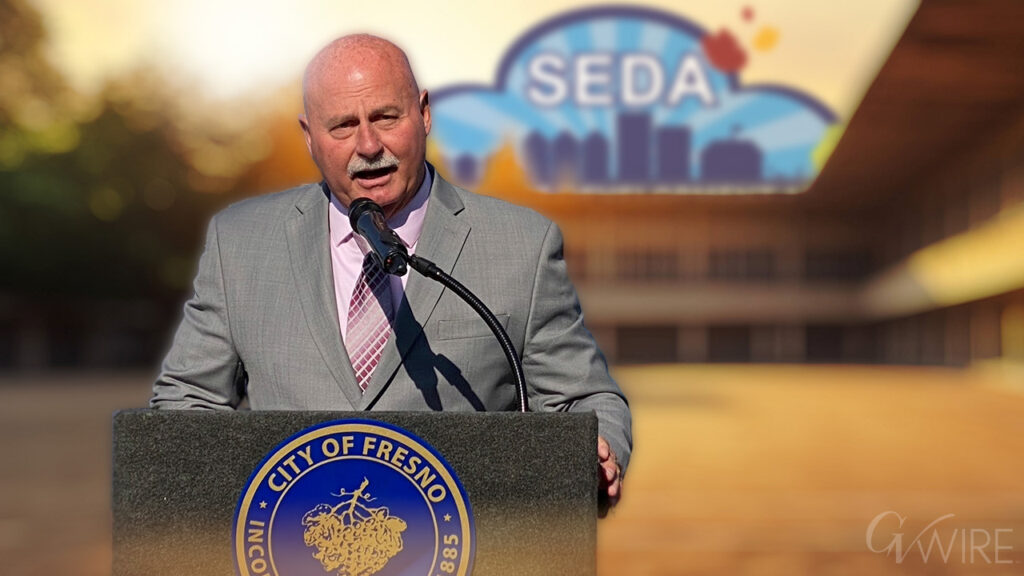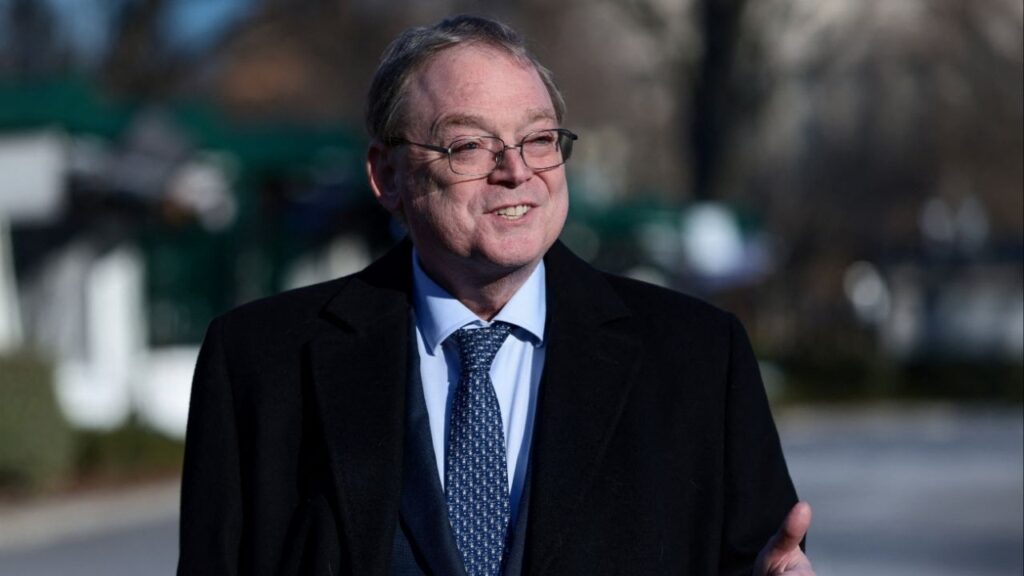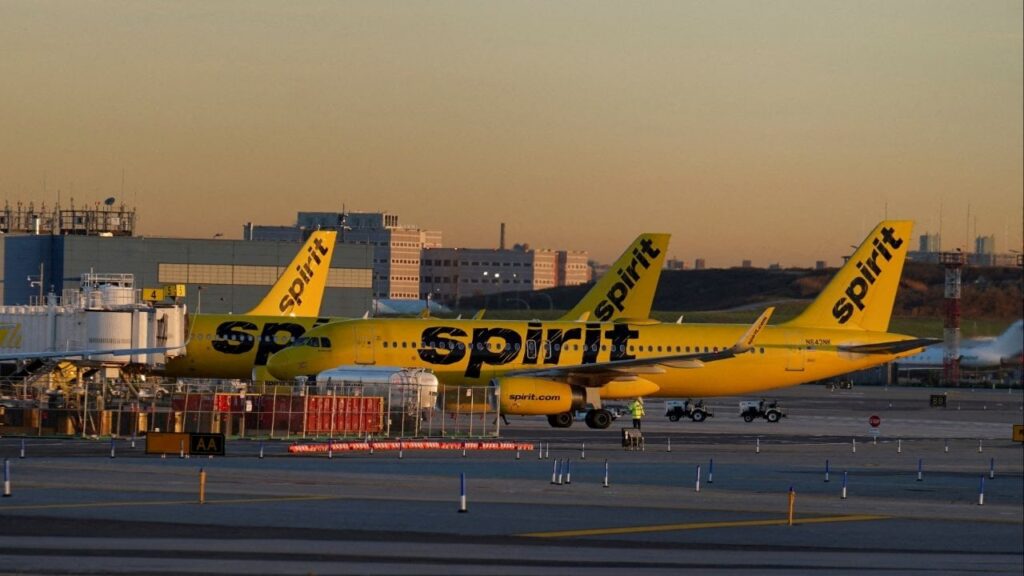Share
After years of rocky relations, Fresno Unified’s management and teachers union have enjoyed a few years of what both describe as a collegial partnership. But a rift has formed over how to allocate $8 million for healthcare funding — leaving observers to wonder if the two sides are preparing to square off as they used to.
Teachers now say that the district should pay them $3,200 for working amid the challenges posed by the pandemic. That’s on top of $800 extra per employee for healthcare.
Uncertainty over the state of the district’s labor relations is troublesome for parents who want no impediments to their children returning to their classrooms for instruction five days a week.
Teachers Flood Trustees With Copy-and-Paste Messages
The first public sign of the rift came out at last week’s School Board meeting, when trustees were inundated with an avalanche of public comments from hundreds of teachers who sent this identical message:
“Fresno Unified should be a place where employees are valued, supported, and treated with the professional respect. In this difficult year, all employees, from teachers, nurses, trades professionals, food service workers, office staff, site administration, and many more went above and beyond to meet the needs of Fresno’s 74,000 students. Clovis Unified employees recently received $4,000 from their district. We deserve nothing less as Fresno Unified worked just as hard to meet the needs of our students as they did to meet the needs of theirs. In addition to your commitment to put $8 million into healthcare, about $800 per employee, for a 95/5 plan and other important healthcare improvements, please give all FUSD employees $3,200 in a one-time payment. This will show us that you know we are no less valuable/valued than Clovis employees are.”
Sprinkled amid the hundreds of carbon-copy comments were a handful from teachers that shed light on a labor dispute over whether the district, and specifically Superintendent Bob Nelson, made a verbal commitment to the teachers union about changing the amount that teachers pay for healthcare premiums, decreasing their coinsurance coverage share per employee from 10% to 5%.
The reputed commitment was in conjunction with the district pumping an additional $8 million into its self-funded healthcare program, JHMB Health Connect. That money, and $3 million to give staffers an extra day of pay to prepare classrooms for in-person instruction, were offered as incentives to the Fresno Teachers Association to agree to return to classrooms after spring break. At the time, Fresno County was in the red tier of the state’s reopening plan to control coronavirus spread, not the orange tier as the two sides had previously agreed.
The day before the May 5 School Board meeting, teachers were given four options by the union and overwhelming chose the fourth. The options were captured in a screenshot posted on the page of the Facebook group Parents for Re-Opening Fresno Unified.

Two Versions of JHMB Vote
Manuel Bonilla, president of the Fresno Teachers Association, told GV Wire that the union was blindsided at the JHMB board meeting when management voted down the 95-5 proposal, which he said Nelson had agreed to support.

“Frankly, I’m not averse to the 95-5. I haven’t been and I’ve said that all the while, my opinion on that has not changed, assuming that’s what all parties agree is the best use of those dollars.” — Bob Nelson, superintendent, Fresno Unified
“So ever since that, I’ve really been trying to get an idea as to why that took place. And I could only guess because there hasn’t been, for me, a logical reason other than ‘we just don’t want you to have this,’ ” he said.
Management and labor each get one vote at the JHMB, even though labor represents 90% of the district’s workforce, Bonilla said. FTA represents the district’s more than 3,700 teachers, but any benefit negotiated for teachers applies to all district employees, he said.
Nelson told GV Wire that the vote by management at the JHMB meeting was not intended to reject the 95-5 proposal outright. Seventeen benefit proposals and the costs for each had been been prepared for consideration at the meeting, he said. The first agenda item was the 95-5 proposal, but there also were items for eye care, orthodontia, and other medical needs.
“The expectation was like, let’s have a conversation about what we think is in the best interests of parties,” he said.
But the teachers union led off seeking an immediate vote on the 95-5 proposal, without waiting to discuss any of the other agenda items, and that led to the “no” vote from management’s representative at the meeting, Nelson said.
“Frankly, I’m not averse to the 95-5. I haven’t been and I’ve said that all the while, my opinion on that has not changed, assuming that’s what all parties agree is the best use of those dollars,” he said.
Teachers’ Tone Surprises Nelson
Nelson said he was surprised by the vehemence of the teachers’ response in the public comments to the School Board.
“Since 2018, we’ve done a pretty good job of … trying to come to a collaborative discussion of what we think is in the best interests of all people,” he said. “I’m not exactly sure why we would be deviating from that process now, except that there’s more one-time revenue now than there has been in times past.”
Nelson said he still is hopeful that the two sides can iron out their differences and can avoid having to turn to an arbitrator.
Past Was Rocky
Talk of arbitration over a labor dispute now is a sharp contrast to the sunny relations between the district and the teachers union over the past couple of years. It wasn’t always the case.
Former Superintendent Michael Hanson was known as a tough negotiator at a time when the district’s finances were somewhat rocky. Fresno Unified had previously paid 100% of healthcare premiums for active employees and retirees but negotiated a change to the formula when it became clear that the old formula was financially unsustainable.
Negotiations over labor agreements were fraught with difficulty, and Fresno teachers even teetered on the edge of a strike at one point, with 99% of membership voting to do so.
Nelson, by contrast, has made a point of noting the lack of animosity with the district’s “labor partners.” In 2019, the district and teachers negotiated a three-year contract before the old one expired, something that hadn’t happened for more than three decades.
Teachers Say District Bargaining in Bad Faith
But the teachers’ public comments at last week’s meeting show they believe that Fresno Unified is guilty of bad faith in bargaining.
FTA member Mike Spencer wrote this to the School Board:
“I am unhappily writing today to comment on the ongoing negotiations with FTA for the 2021-2022 school year. Our FTA representatives negotiated in good faith with management to reach a compromise that met the needs of our students, families, and employees. Then, on the same day that Clovis Unified rewarded their teachers’ hard work with a $4000 one-time bonus, management broke a promise to FTA to improve our health benefits, during a pandemic, that cost the district only $800 an employee — money that has already been set aside for the purpose.
“There is no acceptable reason for the district to break faith with its labor partners and the move to do so has broken trust will cost this district more in good will moving forward than it would have in dollars in the promised deal. As such, in an FTA meeting today, I voted along with 88% of my fellow FTA members to reject the districts priorities in the proposed deal entirely unless they add a $3200 payment AND the $800 health benefit upgrade to total the $4000 CUSD payout. Our teachers work harder in more challenging conditions and deserve no less.”
Sara Weatherby was more blunt: “Fresno unified should be a place where employees are valued and treated with respect. Where all staff is provided good healthcare as promised. Where people keep their promises and show respect to all involved. In this difficult year all of fresno unified stuff (sic) has worked hard to provide for the needs of our 74,000 students and now you’re asking more of us and not wanting to give our promised improved healthcare. Now we are going to ask for more.”
Clovis Unified, which is facing a budding movement to form a teachers union, in early April announced that teachers would receive a one-time $4,000 payment in recognition of the extra work teachers and other staffers faced because of the pandemic. Organizers of the Association of Clovis Educators said they suspected the extra pay was related to the union-forming effort, which district officials denied.
Bonilla acknowledged that the teachers’ demand for an additional $3,200 from the district to match the $4,000 Clovis is paying arose only after management’s JHMB vote on the 95-5 plan.
Impact on Students?
Marcelino Valdez Jr., founder of the Parents for Re-Opening Fresno Unified Facebook group, said there are growing concerns among parents that the labor friction could impact the district’s 72,419 students who are scheduled to be back in classrooms for five days a week starting in August. (Parents who want their children to remain on distance learning then will retain that option.)
Many parents are aware that teachers in neighboring districts returned to classrooms sooner and believe Fresno teachers and the union dragged their heels about returning, Valdez said.
With Fresno County now in the yellow tier, and the Centers for Disease Control reducing the space that students should be distanced from 6 feet to 3, students should be back in school full-time — and need to be, Valdez said.
“It seems like the FTA is using kids as pawns,” he said.
Valdez said he’s heard talk that Fresno teachers are considering demanding a schedule of three classroom days and two days online in the next school year — ostensibly to give the district time to disinfect school spaces — as a bargaining tactic.
But both Bonilla and Nelson adamantly said that barring any unforeseen and unexpected pandemic conditions or other catastrophic events, teachers and students will in classrooms on the traditional five-day schedule starting in August.
The current friction over how to spend the $8 million in the health care plan may be only a bend, not a break, in the district’s labor-management relationship, Nelson and Bonilla say.
“I do think it’s better for us to talk collaboratively because it is about the kids in the end. Ultimately, we have to be fully present. And, the kids need a lot right now,” Nelson said. ” … People want it normal. The road back to normalcy is pretty long at this point. So we just have to start down that road.”
National Union Leader Endorses Full Return to Classrooms
On Thursday, the president of the American Federation of Teachers said there should be a full return to in-person learning in the fall and her union is “all in” on bringing students back to the classroom.
In an address on social media, Randi Weingarten said the wide availability of vaccines and a new infusion of federal education money have removed many obstacles that prevented schools from opening.
“Conditions have changed,” Weingarten said. “We can and we must reopen schools in the fall for in-person teaching, learning and support. And keep them open. Fully and safely, five days a week.”
Categories



















